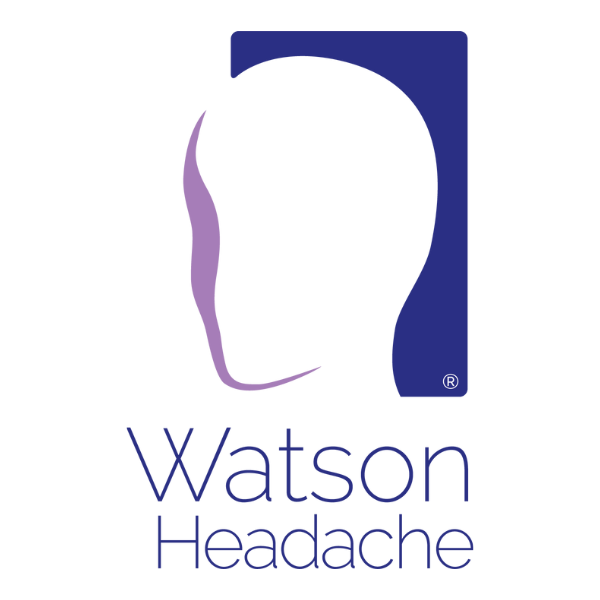At the end of the evening, Watson and his research colleague had arrived at a restrained impasse (see Edition 5). Therefore, it was agreed that they discuss their thoughts with another researcher in the adjacent lab.
A Prominent Neuroscientist and Researcher
The next morning Watson and colleague wandered into the research lab next door. They introduced themselves and outlined the previous evening’s experience to another senior researcher. Unbeknown to them, he is a prominent neuroscientist and researcher known for his significant contributions to the field of pain neuroscience, particularly around central sensitisation.
Watson’s Colleague Becoming a Little Uneasy
Whilst, they agreed that low levels of Serotonin appear to be associated with primary headache, it was acknowledged that more research is needed to fully understand the role of Serotonin in headache. After discussing CPM for a while, they recognised that whilst some research suggests that CPM is deficient in migraine, other research shows it is normal. Compounding the situation is that ‘when pain patients have impaired CPM it is not obvious if inhibition is reduced or facilitation increased.’(p221)1 Similarly, studies have shown that dysfunction in the DNIC system may contribute to the development of migraine; that DNIC responses may be impaired – and that the operative word here is ‘may’.
In summary, clearly, Serotonin, CPM and DNICs (city dwellers), all originating from the CNS are complex and necessitate further research for a comprehensive understanding, which is currently the primary focus of research endeavours. Nonetheless, despite decades of ongoing and inconclusive research, there is an underlying assumption that CS in primary headaches may stem from disinhibition, possibly influenced by suboptimal Serotonin levels or impaired DNICs and CPM responses. Watson’s colleague was becoming a little uneasy.
Watson Becomes a Little More Confident
However, conversely, there doesn’t seem to be the same uncertainty when it comes to the out-of-towners – Trigeminal and Cervical Afferents. Their new acquaintance points out that his research demonstrated that prolonged, but reversible increase in the excitability and synaptic efficacy of neurons in central nociceptive pathways, can be generated by peripheral nociceptor afferent activity. He cited other research supporting his own – he was happy to entertain the possibility that it was either Trigeminal or Cervical Afferents – Watson was feeling a little more confident.
Accelerators and Brakes
It becomes clear that the out-of-towners can be ‘accelerators’, and in the midst of equivocalness, Serotonin, CPM and DNICs are the ‘brakes’.
Watson then related that he had effectively applied the brakes, restoring harmony to the dinner party by slipping a Triptan into the communal water jug. Their new acquaintance wasn’t surprised because he recognised, and explained, that the Triptans are pharmaceutical brakes, but then quickly makes a salient point – the Triptans do not identify the guilty party though. Are the brake pads suboptimal or is there more pressure on one of the accelerators?
Watson’s colleague, who had somewhat retreated, became a little more animated. He explained that the disharmony at the dinner party had not only disturbed them but had created quite a scene and wanted to know how a recurrence could be avoided. Their new (now) colleague explained that it was crucial that the guilty party be identified and dealt with, but… how exclaims Watson’s colleague?
Elementary
Their neuroscientist colleague then goes on to explain a fundamental concept… if the brake pads are suboptimal and increased pressure is applied to one of the accelerators i.e. Trigeminal or Cervical Afferents, then the situation worsens, there will be more aggravation. However, if acceleration of either the Trigeminal or Cervical Afferents is ‘driving’ the disharmony then disarming the accelerator ameliorates the discord at the dinner party… ‘elementary’ declares Watson’s colleague.
Yes, differentiating between disharmony driven by the city-dwellers versus that precipitated by the out-of-towners is relatively easy, explains the neuroscientist. However, distinguishing between Serotonin, CPM, and DNICs (the city-dwellers) is an ‘imponderable’. So, what about the out-of-towners asks Watson.
Ah… that’s a very different story, but before the neuroscientist could elaborate, Watson’s colleague was needing tea and biscuits, so off they go to the cafeteria to continue their deliberations.
Until next time…
- Arendt-Nielsen L, Morlion B, Perrot S, Dahan A, Dickenson A, Kress HG, et al. Assessment and manifestation of central sensitisation across different chronic pain conditions. Eur J Pain. 2018;22(2):216-41.

